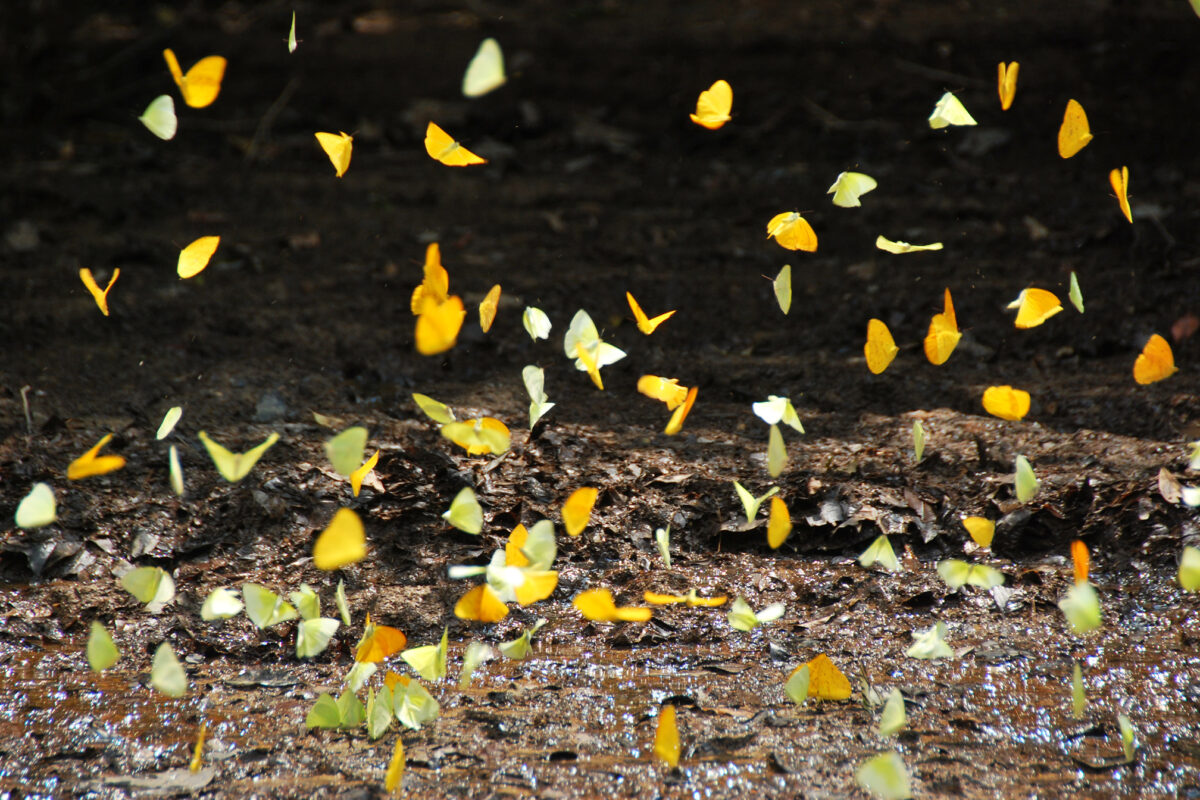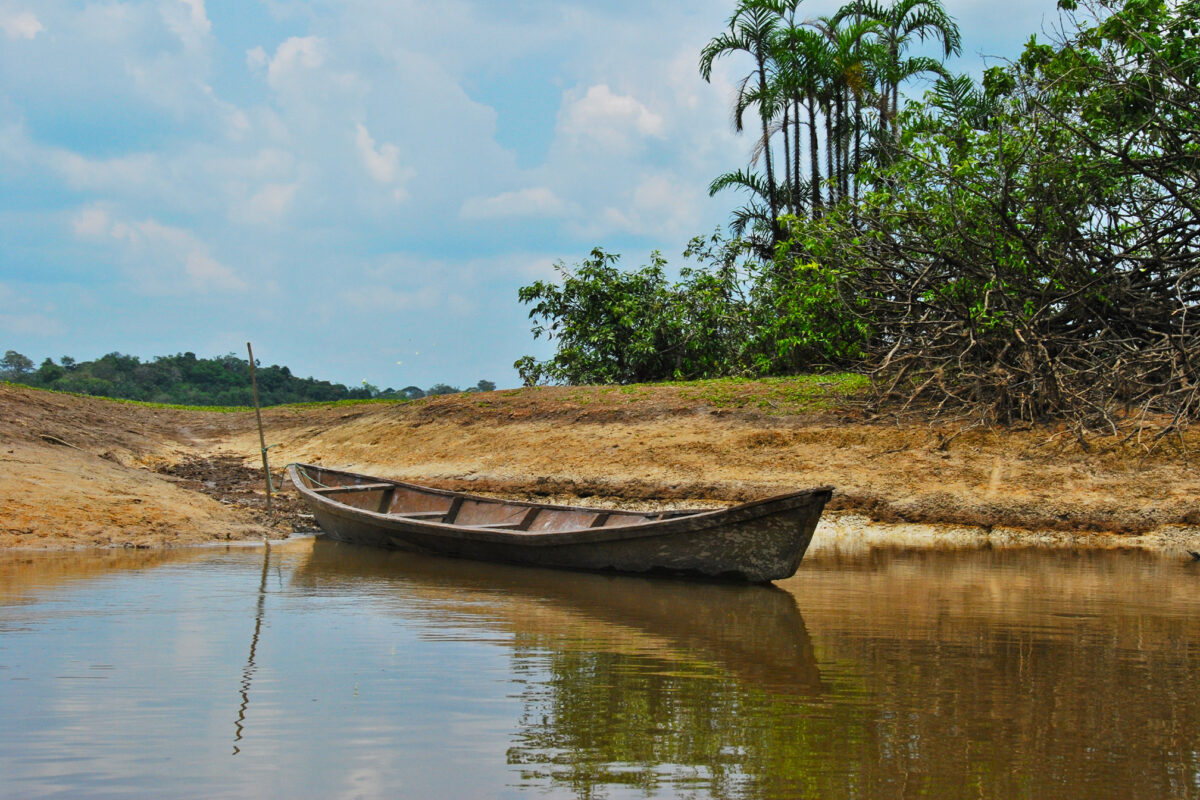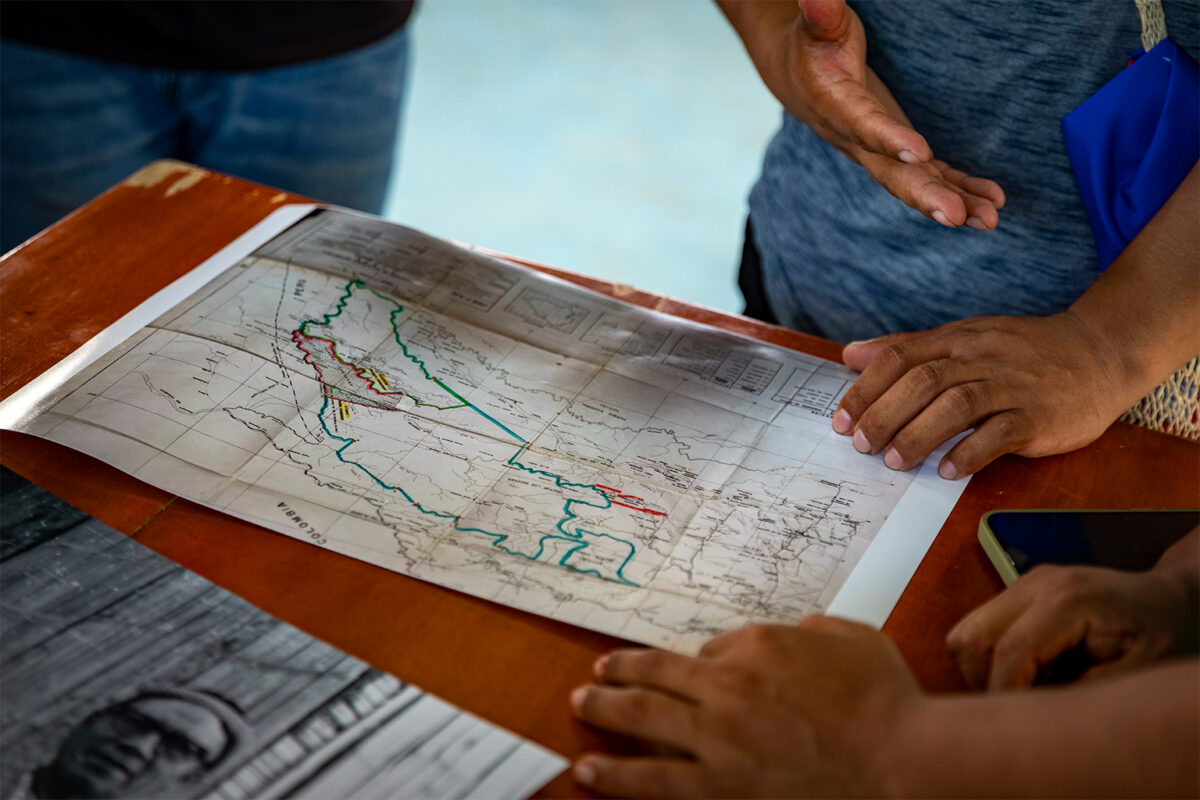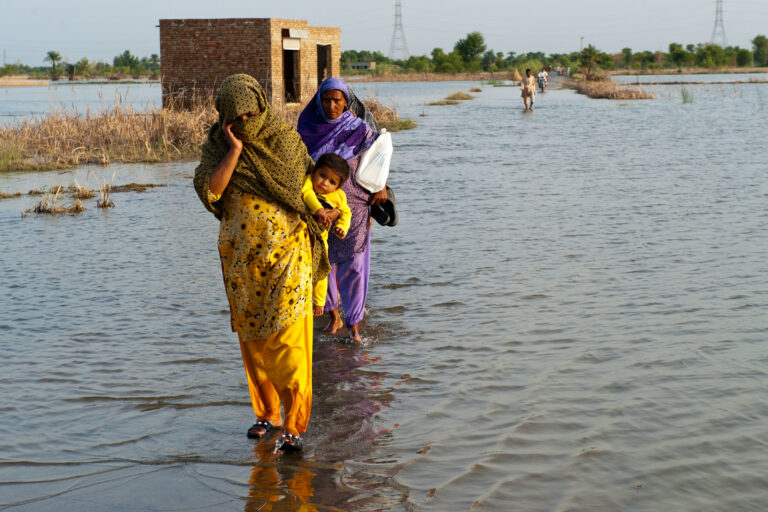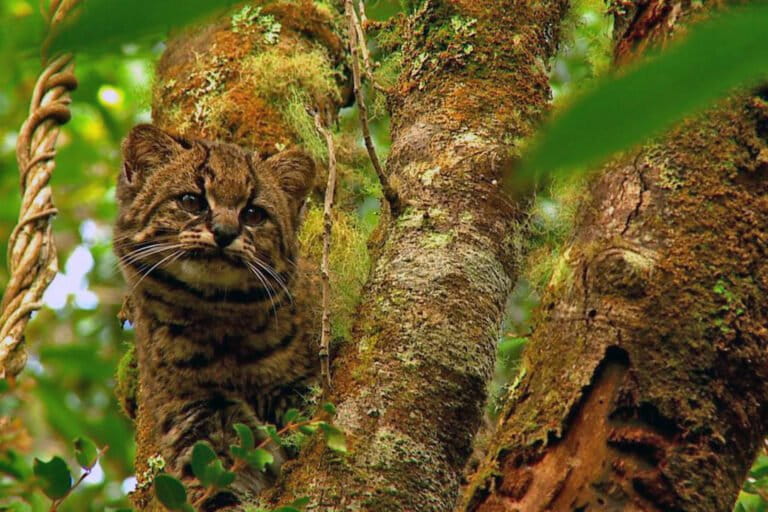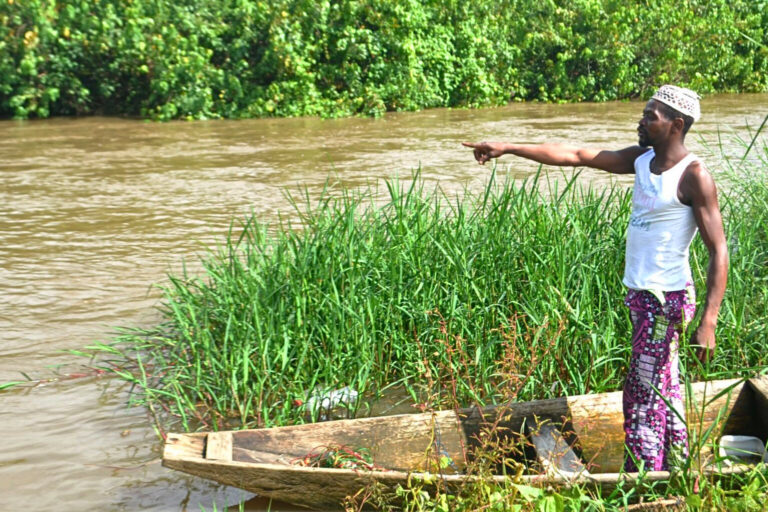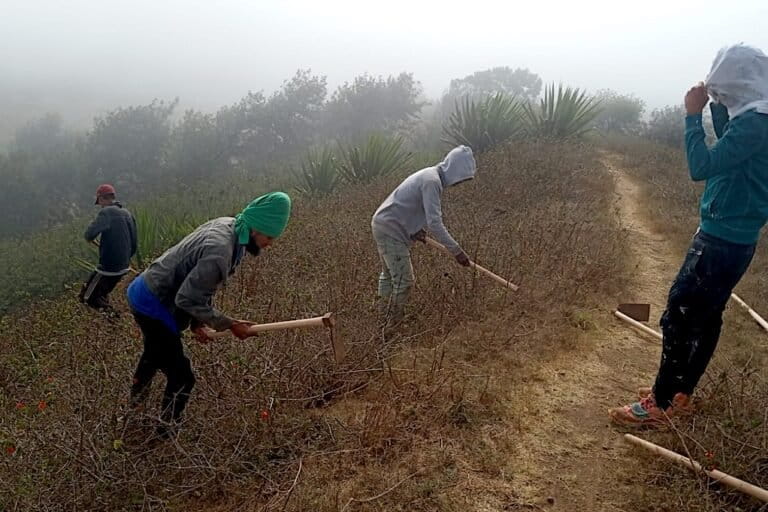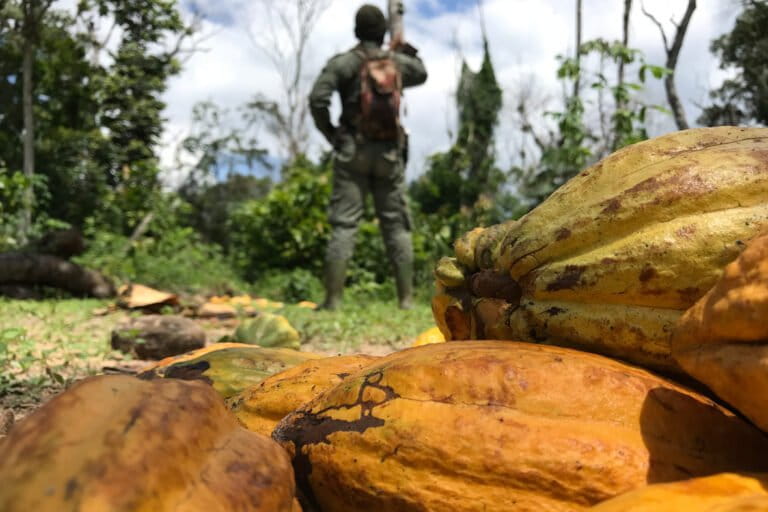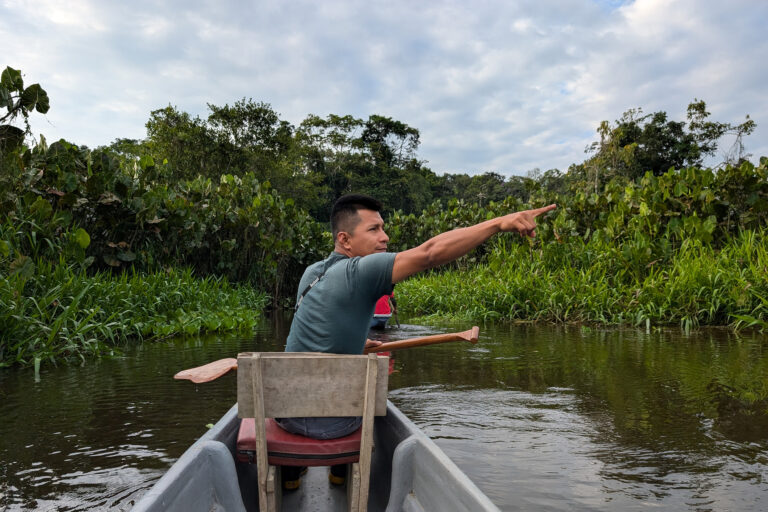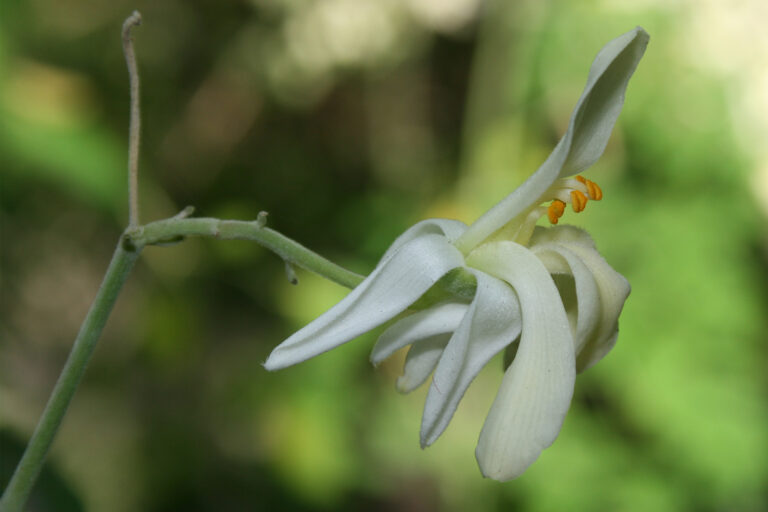The UNESCO World Heritage Committee recently added six new natural sites to the World Heritage List.
“These areas are home to the world’s most impressive dunes, exceptional cave-dwelling species, peat bogs and mires, as well as important bird migratory routes, yet are all under increasing pressure,” Tim Badman, Director of World Heritage at the International Union for Conservation of Nature (IUCN), said in a statement. “They will benefit from the international recognition that comes from the UNESCO World Heritage List”.
The new additions, covering a diverse range of vulnerable landscapes, include:
The Flow Country (United Kingdom)
The Flow Country in northern Scotland is the first peatland ecosystem to be included in the World Heritage List. The area is a vast carpet of bog, where dead vegetation has accumulated in the form of peat for the last 9,000 years, making it a critical carbon sink and an important breeding ground for birds.
Te Henua Enata – The Marquesas Islands (French Polynesia)
This group of islands in the South Pacific Ocean is dotted with cliffs and abruptly rising ridges. The archipelago is a hotspot for terrestrial and marine biodiversity, including numerous species of coastal fish, seabirds, sharks, and dolphins. As per the World Heritage Committee, “the waters of the Marquesas archipelago have been identified as the wildest coastal marine province in the world.”
Badain Jaran desert – Towers of Sand and Lakes (China)
The Badain Jaran desert, located in northwestern China, stands out for its massive dunes, up to 500 meters (1640 feet) tall, intersected by lakes. The desert features the world’s tallest stable dune, the highest concentration of inter-dunal lakes, and the largest expanse of “singing sands”, produced by wind moving the sand, according to the committee.
Lençóis Maranhenses National Park (Brazil)
Located in northeastern Brazil, Lençóis Maranhenses National Park is recognized for its unique geomorphological formations, including stunning coastal sand dunes and blue and emerald lagoons. The park is also home to rare species like the neotropical otter (Lontra longicaudis), the oncilla (Leopardus tigrinus), and the West Indian manatee (Trichechus manatus).

Vjetrenica Cave, Ravno (Bosnia and Herzegovina)
Vjetrenica Cave is the largest cave in Bosnia and Herzegovina and is “one of the world’s most important biodiversity hotspots for cave-dwelling fauna”, according to the World Heritage Committee listing. The cave is home to more than 200 species of subterranean animals.
Migratory Bird Sanctuaries along the Coast of Yellow Sea-Bohai (China)
In 2019, a series of wetland Migratory Bird Sanctuaries, located along the coast of the Yellow Sea-Bohai Gulf of China, were added to the World Heritage List. The latest review has added five more sanctuaries in the same region. The area “supports crucial habitats for birds migrating on the East Asian-Australasian Flyway which spans some 25 countries from the Arctic to South-East Asia and Australasia,” according to the listing.



